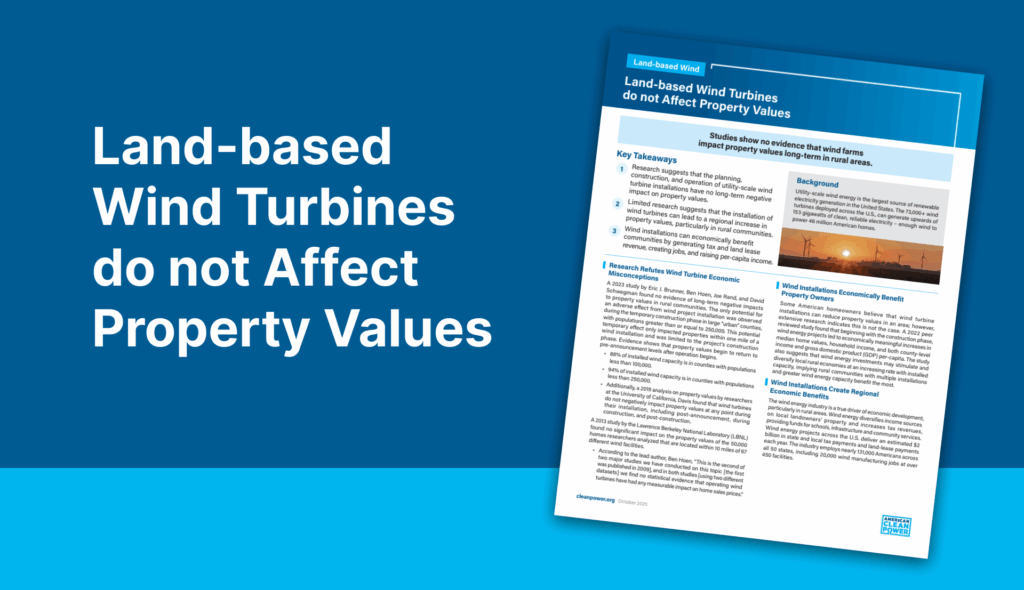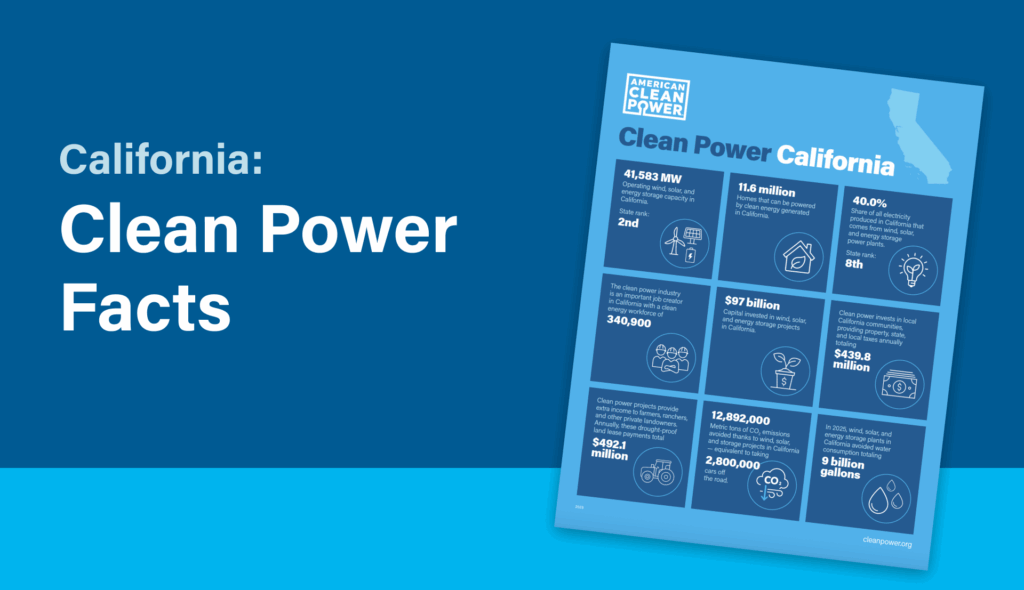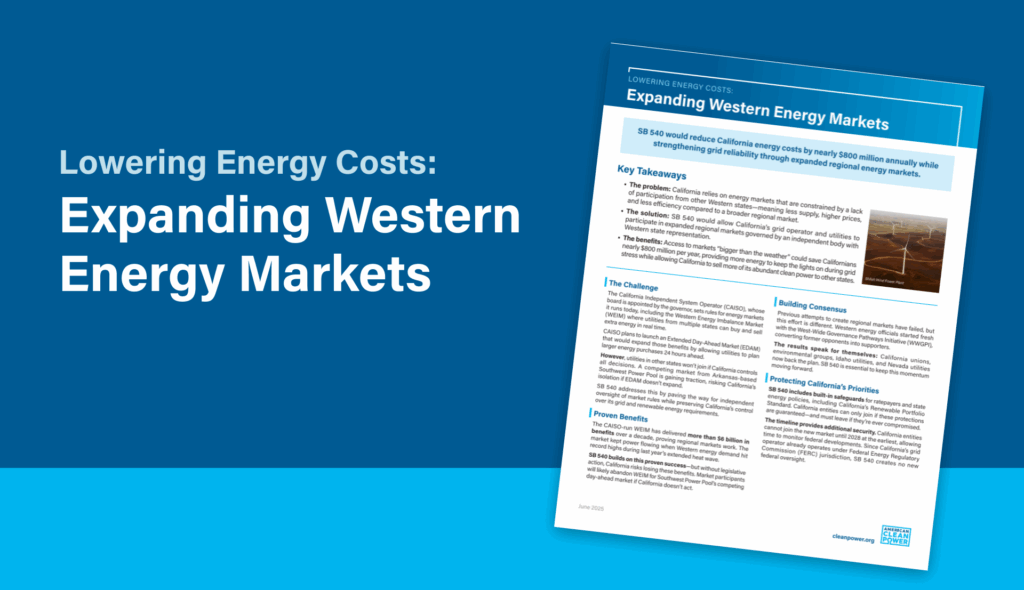To establish a domestic green hydrogen (H2) economy and unlock the climate and job creation potential of this nascent clean energy source, it is necessary to make green hydrogen cost-competitive with more carbon-intensive forms of hydrogen production. The challenge is ensuring that green hydrogen production does not increase electricity demand from polluting sources, while also allowing enough flexibility for the industry to become cost-competitive and scale up.
The American Clean Power Association (ACP) believes there are three pillars that are fundamental to an emissions accounting system for grid-connected green hydrogen: 1.) temporality (time-matching), 2.) additionality, and 3.) regionality.
ACP’s proposed green hydrogen framework ensures clean production through these three pillars that will safeguard carbon emissions while still allowing the industry to scale. This document describes each pillar and why it is a key requirement.





